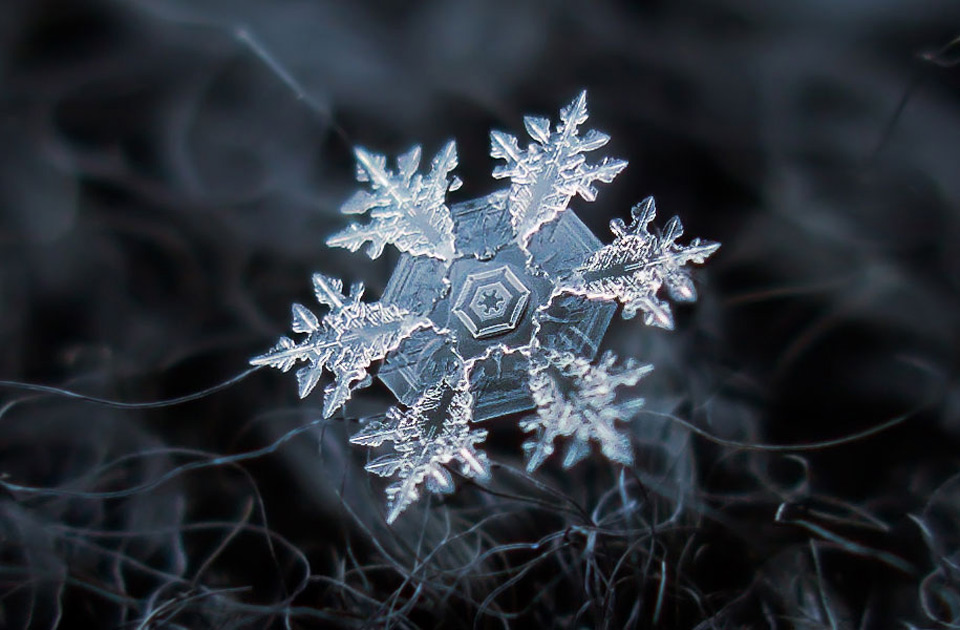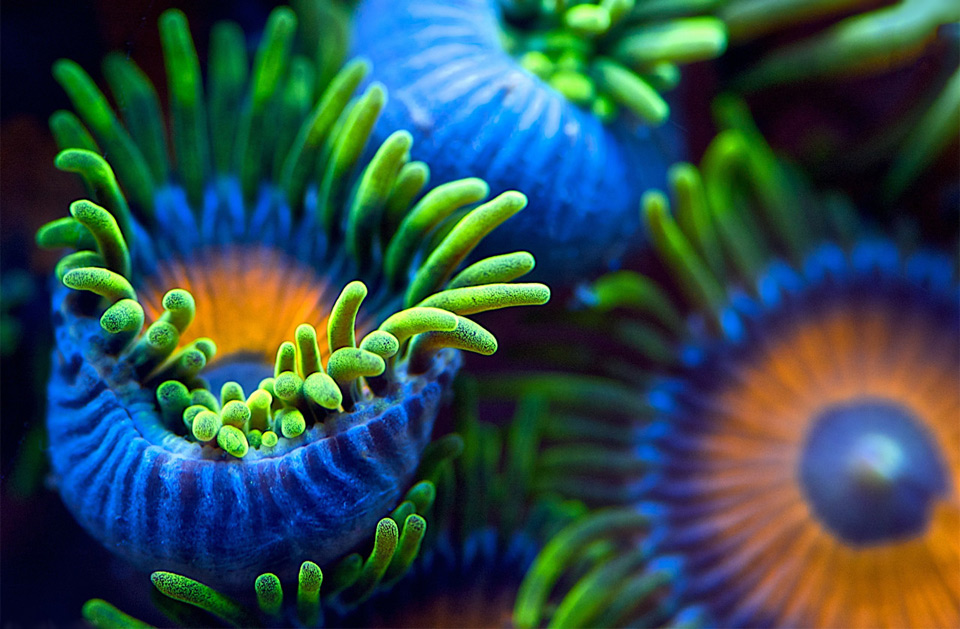
If you are fond of photography, it is worth trying your hand at macro shooting. It can become a fascinating hobby if you know some tips and tricks.
Macro Photography Secrets
Every person who is somehow interested in taking pics tried their hand at macro shooting at least once. And even if you didn’t have such an experience, the chances are high that you came across a set of pictures taken at a short distance somewhere on the Internet. People often use such pictures as wallpapers for their laptop desktops. And if you like such types of photos, then why not try to take your own ones? It is always great to have one more reason to be proud of. It can also become a wonderful hobby or a side job if you decide to sell your best works. Many young people turn to the best essay writing services to have more free time for their favorite activities and improve their skills in the chosen area. So, if the macro world attracts you, it is time to look at nature’s beauty from a new angle. Besides special equipment, you will need the ability to observe and a lot of patience.
1. Choose a suitable equipment
Macro photography is not the easiest genre. In addition to the lion’s share of patience and the desire to constantly learn new things and improve your skills, you need special equipment. However, nowadays, you don’t have to spend a pretty penny on a professional SLR camera to enjoy shooting. A mirrorless camera can come to the rescue as well. Besides, in some cases, it would be even a more suitable option. For example, it will be more convenient to hold it in your hands or take it on a trip.
If you’re a rookie in terms of shooting, don’t opt for bulky and narrow-focus models. It is worth searching for a universal option on the Internet. Actually, there you can find everything you want, whether it is about the top essay writing services or cameras that allow you to shoot at 1: 1 and take close-up photos. So, if you understand that macro is not your cup of tea, you will be able to make portraits.

2. Set up your camera
To create stunning pics, you should know how to set your camera properly. Thus, your aperture should be no more than f/11 on crop cameras and f/ 14 to f/16 on full-frame models. A small aperture value will sharpen the background. If you set the values ??higher, the details of the object in the frame will be blurred. To create a beautiful bokeh effect with an illuminated object in the foreground, you should open the aperture as much as possible. This will allow more light to enter the lens, and the shutter speed will be faster. It is worth using manual focus and placing emphasis on the center of the object. When shooting in the macro mode, the focus area is greatly narrowed, so you can create a special artistic effect if you zoom only a little.
3. Choose the right weather and location
Only you can limit yourself in terms of location and objects chosen. You can shoot everything you are interested in, whether it is about flowers, various wood and fabric textures, wine drops on the glass or insects. Moreover, many photographers turn to this genre when working with food. The main rule you should adhere to is the presence of diffused light. Try to avoid harsh shadows during studio photography. If you decide to shoot glass objects and food, use direct or backlit and diffused light. If you are fond of flowers and insects, choose a cloudy day or take pics in the morning till 9 am. In cloudy weather, the lighting is softer, so it is worth considering this fact when planning your shoot. If it is windy, you should better postpone shooting and proceed to some other tasks, for example, you can find someone who will do my essay for me.
4. Think about the composition
When shooting close-ups, create a composition in such a way, so there is only one object in the frame. Otherwise, the viewer will be constantly distracted by minor details. Do not forget about the general rules of composition: watch the frame’s symmetry and rhythm and correctly frame the image.
The background plays a key role in macro photography. It should complement your object and help it look harmoniously. If you are shooting with a clear background, don’t opt for bright colors. Otherwise, the compositional center of the photo will lose its expressiveness. You can get stunning pictures using color contrasts. For example, a bright white detail looks great against a black or dark-green background. If you use essaypro, you will have enough time to turn on your imagination to the fullest and experiment.
5. Choose a shooting angle
The camera sensor’s surface should be at the lowest possible angle to the object to focus on the entire object. Sometimes it is hard to focus on a complex object such as a butterfly. If the butterfly’s wings are parallel to the camera and sensor, it is almost easy to take a clear picture. But if its wings are at an angle to the camera, they will only be partially in focus. Focus alignment can help in such cases. You should take a series or sequence of shots from the object’s closest point and to the farthest. Thus, you will increase your chances of getting an image in which the object is clear and in focus.









